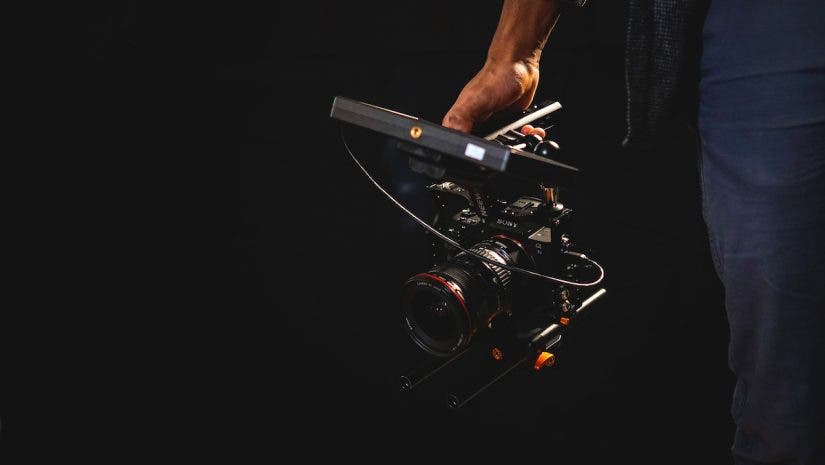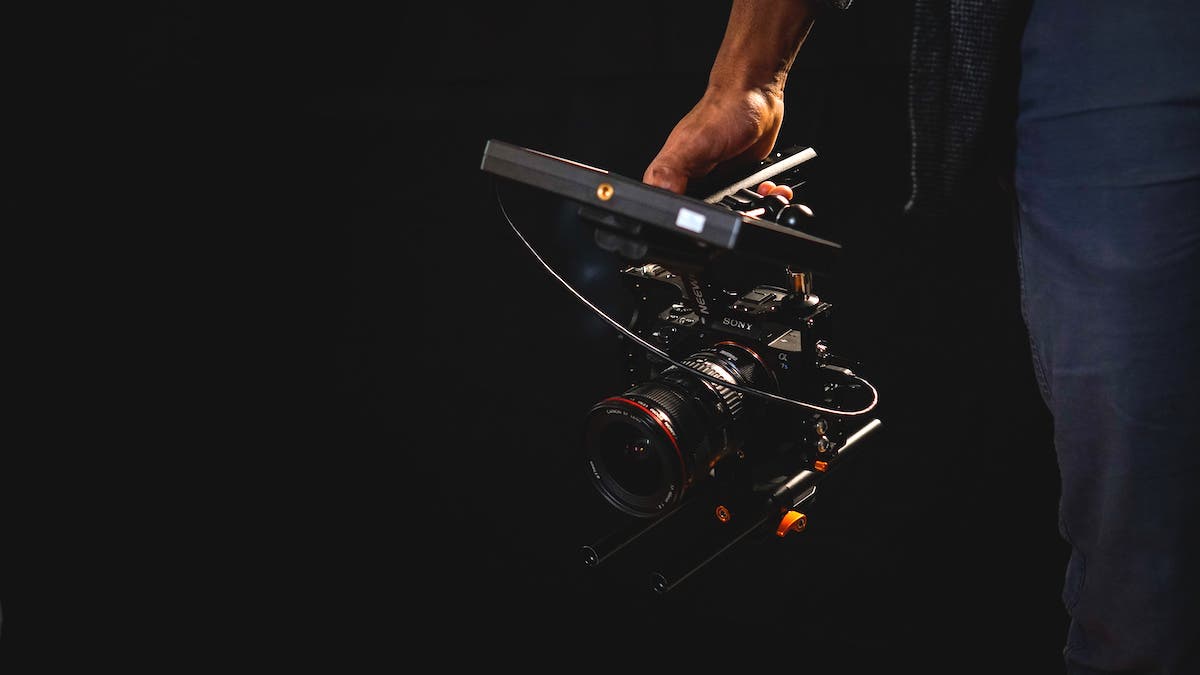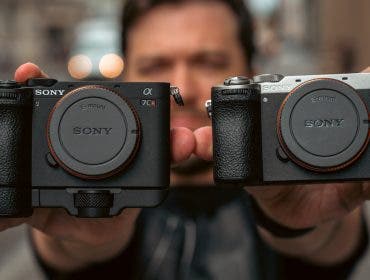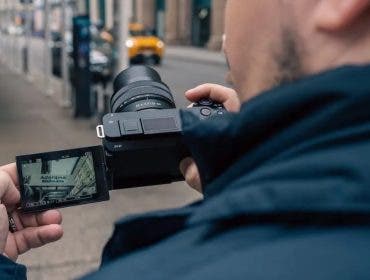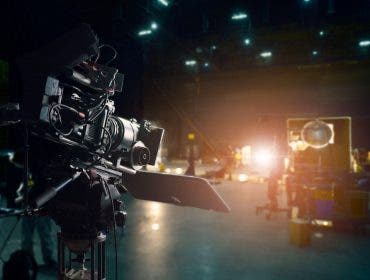In the digital age, where creating visual content has become an integral part of our lives, the tools we use — namely our cameras — have grown in capability, complexity, and value. From YouTubers to photographers to professional filmmakers, the need to safeguard these investments is increasingly important. In this article, you’ll learn all there is to know about camera insurance and how it can secure your investments.
What is Camera Insurance?
Camera insurance generally covers equipment and business personal property for use in connection with entertainment, media, and communication productions. It specifically caters to photographers and cinematographers, protecting their photography and cinema cameras against unforeseen mishaps.
Depending on the amount of coverage and policy duration, insuring a camera can cost anywhere from $500 to $5,000 per year. Factors such as the total cost of the camera or camera package, whether the policy is short-term or annual, and scheduled/non-scheduled items all play a role in determining your rates.
What Does Camera Insurance Cover?
Camera insurance safeguards an extensive range of gear. Not limited to just the camera body, it covers other tools including drones, lenses, gimbals, camera controls, and even some accessories like matte boxes and external monitors like the Atomos Ninja V.
Coverage is generally divided into two categories:
- Scheduled items: This usually involves listing each piece of equipment with their serial numbers, especially for items priced over $5,000.
- Unscheduled items: Gear priced under $5,000, including accessories, are often covered without individual listing.
Coverage can protect your equipment against a range of accidents and damages. Typically, these include general damage but it’s essential to understand the specifics of a policy since some insurance might only cover incidents in a particular country where others might require a short-term policy to cover travel outside of your country of residence.
What kinds of accidents and damages might be covered?
Camera insurance provides coverage against a range of mishaps including fire, theft, and accidental damage. While most policies offer protection against equipment failure, specifics can vary. Water damage, though, may not always be covered. This underscores the importance of carefully reviewing your policy’s terms and conditions.
Windstorm, Hail, & Flood damage is usually covered but has an average of a $1,000 deductible. There are caps on losses beyond a certain amount in the policy you choose or the company that issues the insurance. A general deductible for smaller, less expensive accessories usually floats around $500.
What kinds of accidents and damages might not be covered?
Bear in mind that some exclusions apply on what a policy is willing to pay out. Policies often won’t cover loss from individual decisions, breakage of fragile items (unless specific events like theft or fire cause it), consequential loss, and damages from dampness, dryness, or temperature extremes.
Dishonest acts, fraudulent schemes, governmental actions, and unauthorized transfers aren’t covered. Additionally, wear and tear, rust, and damages from unauthorized property transfer are typically excluded. Always read the fine print to understand the specifics.
What is the Best Insurance for Photographers?
When it comes to camera insurance, there are plenty of choices abound. However, the two most prominent companies in the domain are Insure My Equipment and Athos. These organizations offer various insurance types tailored to your individual needs:
Rented Equipment Coverage
This protects production equipment rented from third parties. Features can include:
- Custom policy terms from days to years
- Personalized insurance limits, deductibles, and added coverage
- Instant, free certificates of insurance for vendors
- Worldwide coverage for international projects
Owned Equipment Coverage
This covers personally-owned equipment. This Aalso extends to rented gear if added during application. Features can include:
- Available for 6 months or annually
- Choose insurance limits, deductibles, and added coverage
- Worldwide coverage for those on the move
- Option to add rented equipment coverage and generate COIs without extra charge
General Liability
Offered through partnerships, like with Thimble at Insure My Equipment, this provides on-demand general liability coverage. Features can include:
- Buy a policy for as little as a few hours up to nearly a year
- Easily submit insurance certificates, listing vendors as additional insureds
- Add crew members, employees, volunteers, etc., ensuring coverage for allChoose from annual policy coverage, select your insurance limit, and benefit from worldwide coverage
- Options available during application include water use, theft from an unlocked vehicle, and rental reimbursement
Of course, creators of all types might be able to harness some supplemental coverage or umbrella coverage from other policies they already have. With some of these other types of insurance, your camera and accessories may already be covered or offer additional protection:
- Business Owner’s Policy: This is ideal for photographers or cinematographers operating a studio or office. This policy not only covers the equipment but also protects against property damage or bodily injury claims stemming from business operations.
- General Liability Insurance: This is perfect for solo artists or one-man-band production companies. If you’re hiring others or getting hired out, this policy covers damages or injuries during a shoot.
- Business Property Insurance: This policy focuses on equipment, especially if you’re storing it in studios, offices, or external locations.
While choosing an insurance type, consider the nature of your work. Solo professionals working from home might not need extensive coverage, but those operating from studios or hiring employees might require comprehensive policies.
If you have Miscellaneous Rental insurance as an extension on your policy, you can write a certificate of insurance (COI) so if someone else’s gear gets damaged under your own insurance you’re covered since you are the one who’s responsible. This type of insurance can also cover lost rental fees if the renter decides not to pay after the rental agreement expires. In the worst case scenario, if something breaks, you’ll pay less out of pocket based on your deductible – just like car insurance.
Who Should Consider Camera Insurance?
Camera insurance isn’t one-size-fits-all considering the breadth of equipment many creators have and the variety of policy options available. Although, its necessity hinges on your gear’s total value and the nature of your work. Insurance becomes particularly worthwhile when your equipment’s value surpasses $10,000.
For instance, if you’re a hobbyist with a Nikon Z8 used for everyday captures, the manufacturer’s warranty might suffice. But, if you own a premium cinema camera like the Komodo X, insurance is non-negotiable. Likewise, if you have an array of accessories, consolidating them under a single policy can be beneficial.
Your work environment plays a role, too. Independent creators might lean towards liability with gear insurance, especially if their primary work involves run-and-gun shooting with potential hazards. Larger production companies or larger operations such as rental houses who own and rent their equipment will benefit from a broader range of policies. Conversely, if you’re storing gear in an office or studio, spreading out your coverage ensures protection on all fronts.
Camera Insurance – FAQs
While standard home insurance might not cover cameras, some renters’ insurance policies can offer partial coverage for damaged electronics depending on the total amount of coverage for your possessions. For instance, if a ceiling collapses in your apartment or home, or there’s theft, fire, or flood, your renters’ policy might cover the loss. However, having specific equipment or liability insurance ensures complete protection.
Some platforms such as Sharegrid have their own insurance policy you have to use — so if you rent from them often, you don’t need insurance. Although, if you rent from a local gear house all the time, you do need your own insurance.
Absolutely. Coverage can extend up to $1M or beyond. Tis is crucial for those frequently renting high-end cinema cameras, drones, and rigs. Consider the camera’s value, usage, and potential future risks at home, in the studio, or on location. If your camera setup exceeds $10k or includes even higher-end models like a RED V-Raptor, insurance is advisable.
Final Thoughts
Your camera gear is an extension of your creative spirit and a significant financial investment. Securing it with in-depth insurance coverage isn’t just a formality — it’s a necessity. While spending additional money might not seem feasible, think of it like this: It’s better to have it and not need it than to need it and not have it.
Take some time, dive into research, understand your needs, and make the choice that keeps your tools and your passion protected and insured.
